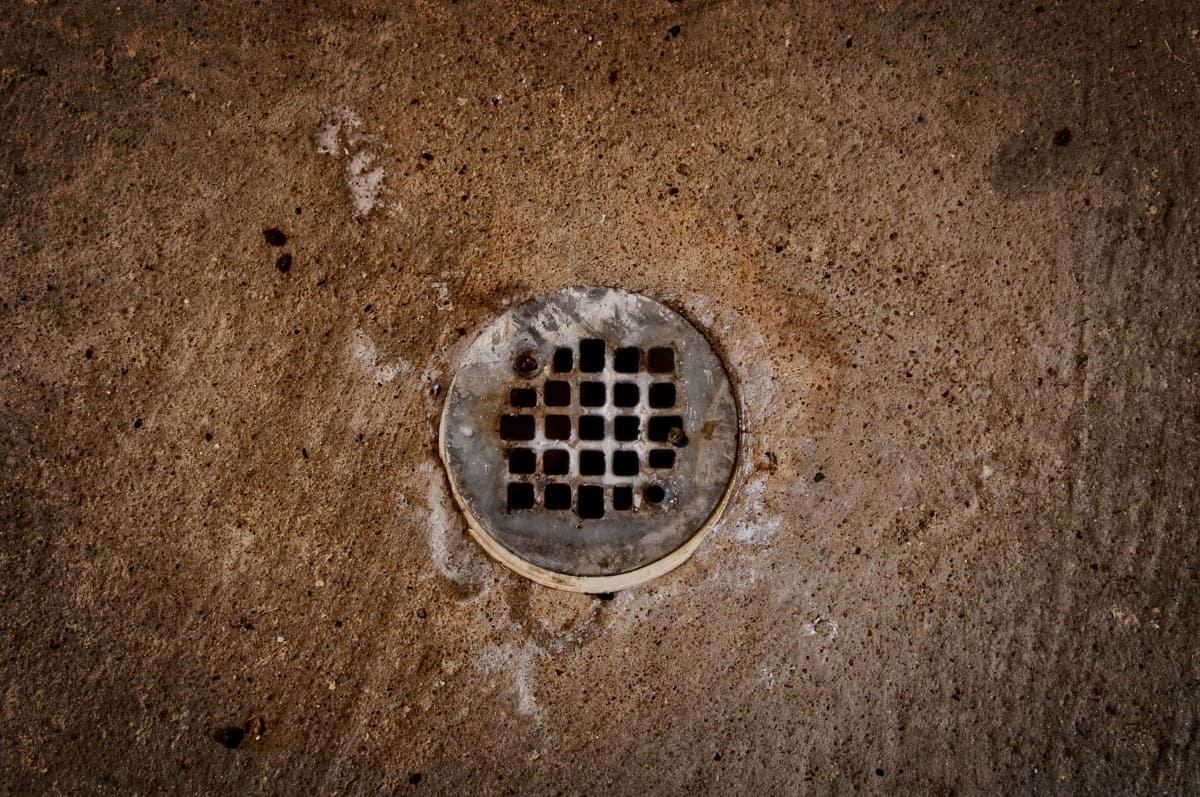

Articles
How To Clean Basement Drain
Modified: January 18, 2024
Learn effective ways to clean your basement drain with these informative articles. Find step-by-step guides and expert tips to keep your basement drain free from clogs.
(Many of the links in this article redirect to a specific reviewed product. Your purchase of these products through affiliate links helps to generate commission for Storables.com, at no extra cost. Learn more)
Introduction
Welcome to our comprehensive guide on how to clean your basement drain. As a homeowner, it’s important to maintain and regularly clean your basement drain to prevent clogs, foul odors, and potential water damage. The basement drain plays a crucial role in redirecting excess water away from your home’s foundation, ensuring the structural integrity of your property.
Over time, debris, dirt, and other unwanted substances can accumulate in the basement drain, leading to obstructions and reduced functionality. By learning how to clean your basement drain properly, you can prevent costly repairs, improve drainage efficiency, and maintain a healthy environment.
In this article, we will walk you through the step-by-step process of cleaning your basement drain. We will also provide you with preventive maintenance tips to ensure your basement drain remains in top condition. So, let’s dive in and learn how to keep your basement drain clean and clog-free.
Key Takeaways:
- Regularly cleaning and maintaining your basement drain is crucial to prevent clogs, foul odors, and water damage, ensuring a healthy living environment and avoiding costly repairs.
- Implement preventive maintenance tips, such as removing debris, using drain covers, and flushing with hot water, to keep your basement drain clean, free-flowing, and functioning optimally.
Read more: How To Clean Floor Drain In Basement
Understanding Basement Drains
Before we delve into the cleaning process, it’s important to understand how basement drains work. Basement drains, also known as floor drains or French drains, are typically found in the lowest part of a basement floor. They are designed to collect excess water from various sources, such as rainwater, groundwater, or plumbing fixtures, and redirect it away from your home.
The primary function of a basement drain is to prevent water from pooling in your basement, which can lead to a variety of issues such as mold growth, foundation damage, and a damp environment. The drain is connected to a series of pipes that direct the water to a municipal sewer system or a designated drainage area.
Basement drains are typically made up of a grate or cover that allows water to flow into the drain while preventing larger debris from entering. Inside the drain, there is a trap that acts as a barrier to prevent sewer gases from entering your home. This trap contains water that creates a seal, effectively blocking odors and gases from escaping.
It’s important to note that basement drains can become clogged or blocked over time due to the accumulation of dirt, debris, and even tree roots that invade the drain pipes. This can hinder the drain’s functionality and increase the risk of water damage in your basement. Regular cleaning and maintenance can help prevent these issues and keep your basement drain working effectively.
Preparing for the Cleaning Process
Before you begin cleaning your basement drain, it’s important to gather the necessary tools and take some precautionary measures. Here are the steps to prepare for the cleaning process:
- Gather the tools: You will need a pair of rubber gloves, a bucket, a flashlight, a plumbing snake, a wire brush, and a cleaning solution. The cleaning solution can be a mixture of warm water and mild detergent or a specialized drain cleaner. Avoid using harsh chemicals that may damage the drain pipes.
- Turn off the water supply: If your basement drain is connected to a plumbing fixture, such as a laundry sink or a utility sink, turn off the water supply to prevent any additional water from flowing into the drain during the cleaning process.
- Clear the area: Remove any objects, furniture, or debris near the basement drain to create a clear workspace. This will allow you to access the drain easily and ensure that no obstructions hinder the cleaning process.
- Put on protective gear: Wear a pair of rubber gloves to protect your hands from potential bacteria, dirt, and cleaning agents. Safety goggles and a face mask are also recommended, especially if you are using a specialized drain cleaner.
- Ensure proper ventilation: Open windows or use a ventilator fan to maintain adequate airflow in the basement. This is particularly important when using drain cleaners or if there is a foul odor emanating from the drain.
By following these preparation steps, you will create a safe and effective environment to clean your basement drain. Once you have gathered the necessary tools and taken the precautions, you can move on to the actual cleaning process.
Removing Debris and Buildup
Now that you have prepared the necessary tools and taken the required precautions, it’s time to start removing debris and buildup from your basement drain. Follow these steps:
- Remove the drain cover: Carefully lift the drain cover or grate using a screwdriver or your fingers. Some drain covers may require unscrewing to remove them. Set the cover aside in a safe place.
- Inspect the drain: Use a flashlight to inspect the inside of the drain. Look for any visible debris, such as hair, dirt, or small objects, that may be blocking the flow of water. Take note of any significant buildup or obstructions that may require further attention.
- Clear out visible debris: Use a pair of rubber gloves to remove any visible debris from the drain. You can use your hands or a wire brush to dislodge and collect the debris. Place the debris in a bucket or trash bag for disposal.
- Use a plumbing snake: If there is stubborn buildup or a blockage that you can’t remove with your hands or a wire brush, use a plumbing snake. Insert the snake gently into the drain and rotate it in a clockwise motion to break up the obstruction.
- Flush the drain: After removing as much debris and buildup as possible, use warm water to flush the drain. Slowly pour the water into the drain and observe how it flows. If the water drains slowly or pools, there may still be a blockage that requires further cleaning or professional assistance.
- Clean the drain cover: While the drain is being flushed, take the opportunity to clean the drain cover or grate. Use a mild detergent and water solution or a brush to scrub away any dirt or grime. Rinse thoroughly and dry before reattaching the cover.
Remember to dispose of the collected debris and waste properly, following local regulations and guidelines. Regularly removing debris and buildup from your basement drain will help maintain its functionality and prevent clogs from occurring in the future.
To clean a basement drain, start by removing any debris or buildup using a drain snake or a wire brush. Then, pour a mixture of hot water and vinegar down the drain to help break down any remaining residue. Finally, flush the drain with hot water to clear out any remaining debris.
Flushing the Drain
Once you have removed the debris and buildup from your basement drain, it’s time to flush it to ensure that it is clean and free-flowing. Flushing the drain helps to remove any remaining residue, flush out smaller particles, and restore optimal water flow. Follow these steps to properly flush your basement drain:
- Prepare the flushing solution: Create a mixture of warm water and a mild detergent or a specialized drain cleaner. This solution will help break down any remaining residue and sanitize the drain.
- Pour the flushing solution: Slowly pour the flushing solution into the drain, allowing it to flow through the pipes. Make sure to pour it in a controlled manner to prevent splashing or overflowing.
- Let the solution sit: Allow the flushing solution to sit in the drain for a few minutes. This will give it time to break down any remaining debris, grease, or grime that may be clinging to the interior walls of the drain.
- Flush with hot water: After the solution has had time to work, carefully pour hot water into the drain. The hot water will help to further dislodge and remove any loosened residue.
- Repeat if necessary: If you notice that the water is still draining slowly or there are signs of residue remaining, you may need to repeat the flushing process. In some cases, stubborn clogs or buildup may require multiple flushes or professional assistance.
Flushing your basement drain on a regular basis, ideally every few months, can help maintain its cleanliness and prevent future clogs. It is important to note that if you are using a specialized drain cleaner, be sure to follow the manufacturer’s instructions regarding usage and safety precautions.
Once you have successfully flushed the drain, you can proceed with implementing preventive maintenance tips to keep your basement drain in optimal condition.
Preventive Maintenance Tips
Regular preventive maintenance is key to keeping your basement drain clean and functioning properly. By following these tips, you can minimize the risk of clogs, maintain optimal drainage, and prolong the lifespan of your basement drain:
- Remove debris regularly: Make it a habit to remove visible debris, such as hair, dirt, or small objects, from the drain on a regular basis. This can be done by using your hands, a wire brush, or a plumbing snake.
- Use drain covers or strainers: Install drain covers or strainers over your basement drain to catch larger debris and prevent them from entering and causing blockages. Clean or replace these covers periodically to ensure their effectiveness.
- Avoid pouring harmful substances: Do not pour grease, oils, food scraps, hair products, or any other harmful or non-degradable substances down your basement drain. These can solidify, accumulate, and cause clogs over time.
- Flush with hot water routinely: Regularly flush your basement drain with hot water to help dissolve any buildup and keep the pipes clean. This can be done once a month or as needed.
- Consider enzyme-based cleaners: Enzyme-based drain cleaners can be used periodically to break down organic matter and prevent the formation of clogs. Be sure to follow the instructions on the product label and choose an enzyme cleaner that is safe for your drain pipes.
- Inspect for leaks or damage: Routinely inspect your basement drain for any leaks, cracks, or signs of damage. If you notice any issues, it’s important to address them promptly to prevent further damage and water-related complications.
- Consult professional help if needed: If you are unable to resolve a persistent clog or there are signs of more serious issues with your basement drain, it’s recommended to seek the assistance of a professional plumber. They have the expertise, tools, and knowledge to resolve complex drain problems.
By following these preventive maintenance tips, you can minimize the occurrence of clogs and ensure that your basement drain remains in optimal condition. Remember, early detection and regular maintenance are key to preventing costly repairs and maintaining a healthy living environment.
Conclusion
Cleaning and maintaining your basement drain is an essential part of home maintenance. By regularly removing debris, flushing the drain, and implementing preventive measures, you can ensure that your basement drain remains clean, free-flowing, and functioning properly. This helps to prevent clogs, foul odors, and potential water damage in your home.
In this comprehensive guide, we have outlined the step-by-step process of cleaning your basement drain. We have also provided you with preventive maintenance tips to keep your drain in optimal condition. Remember, proper preparation, using the right tools, and taking precautionary measures are crucial when cleaning your basement drain.
It is also important to note that while regular cleaning and maintenance can prevent many issues, sometimes professional help may be necessary. If you encounter persistent clogs, leaks, or other serious problems with your basement drain, don’t hesitate to call a professional plumber for assistance.
By taking proactive steps to clean and maintain your basement drain, you can have peace of mind knowing that your home is protected from water damage and potential plumbing issues. So, roll up your sleeves and give your basement drain the attention it deserves. Your home will thank you for it!
Frequently Asked Questions about How To Clean Basement Drain
Was this page helpful?
At Storables.com, we guarantee accurate and reliable information. Our content, validated by Expert Board Contributors, is crafted following stringent Editorial Policies. We're committed to providing you with well-researched, expert-backed insights for all your informational needs.
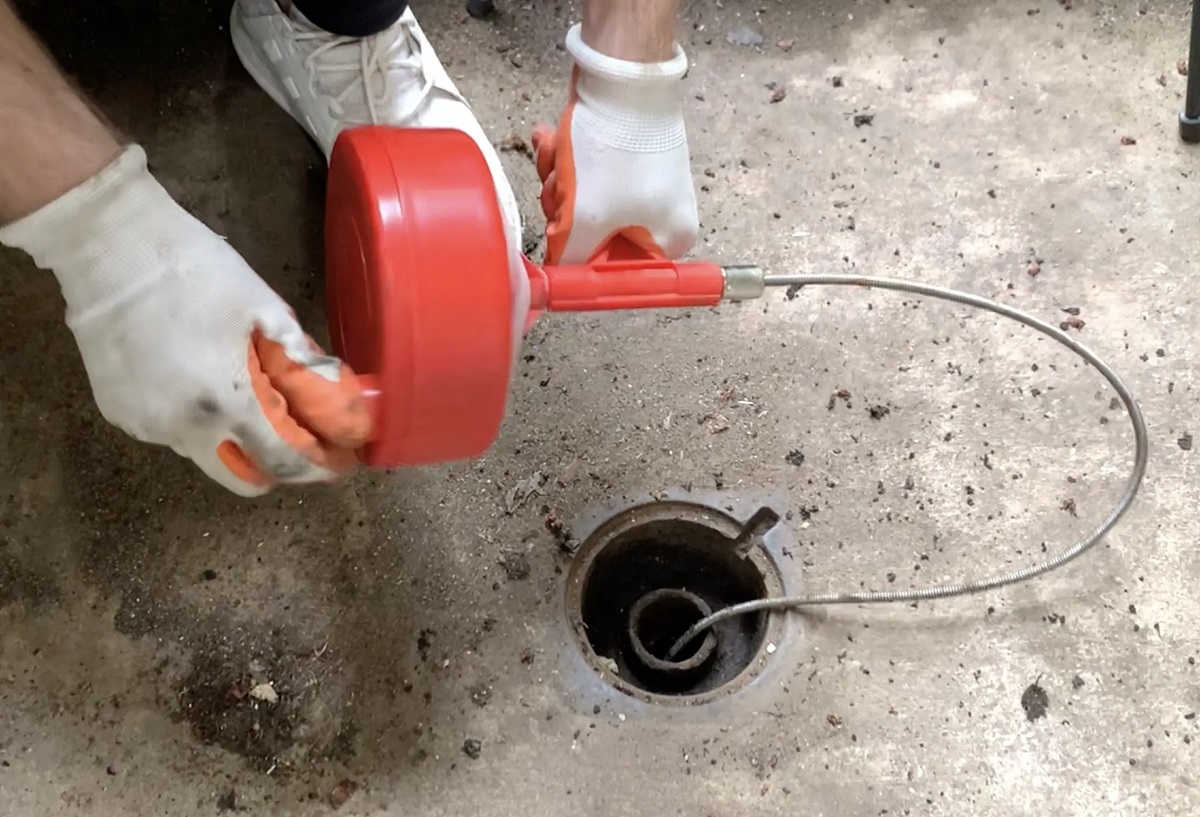
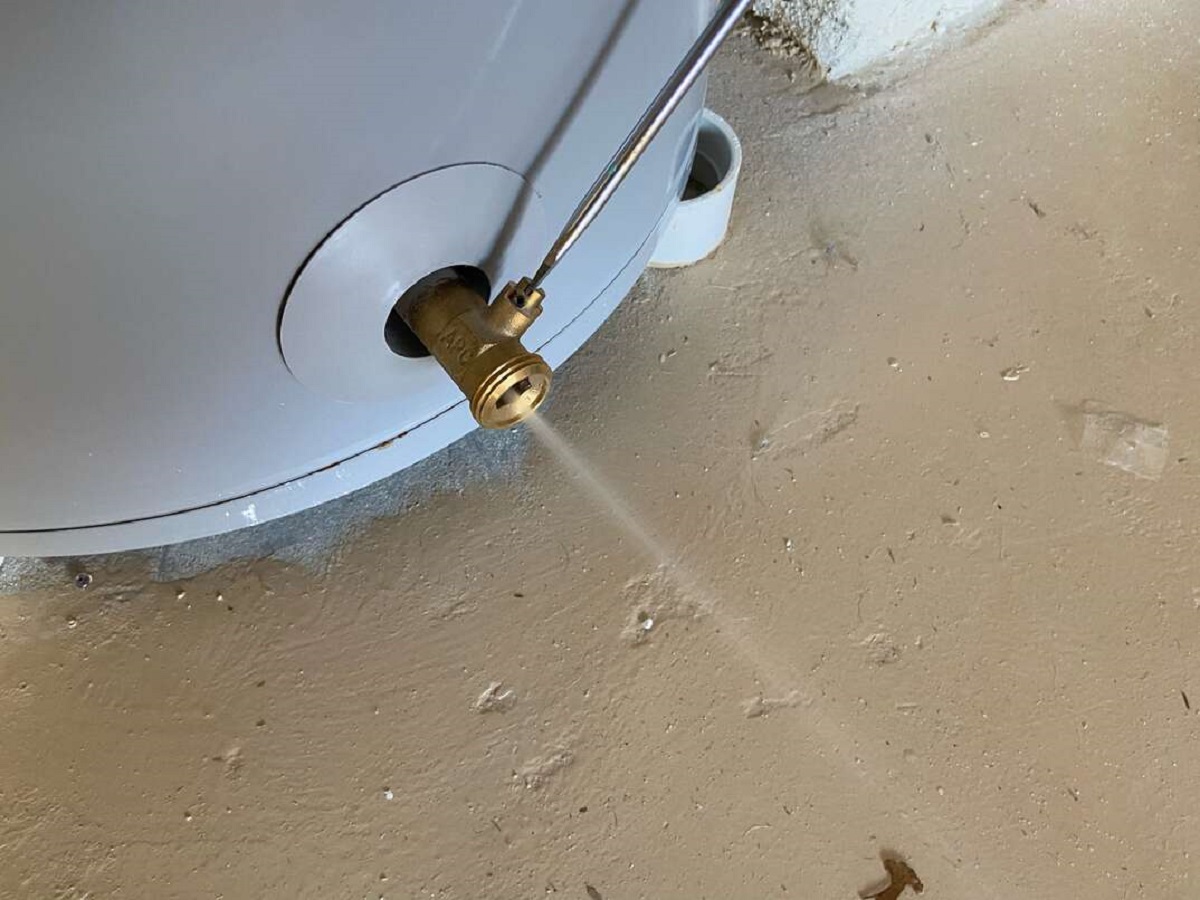
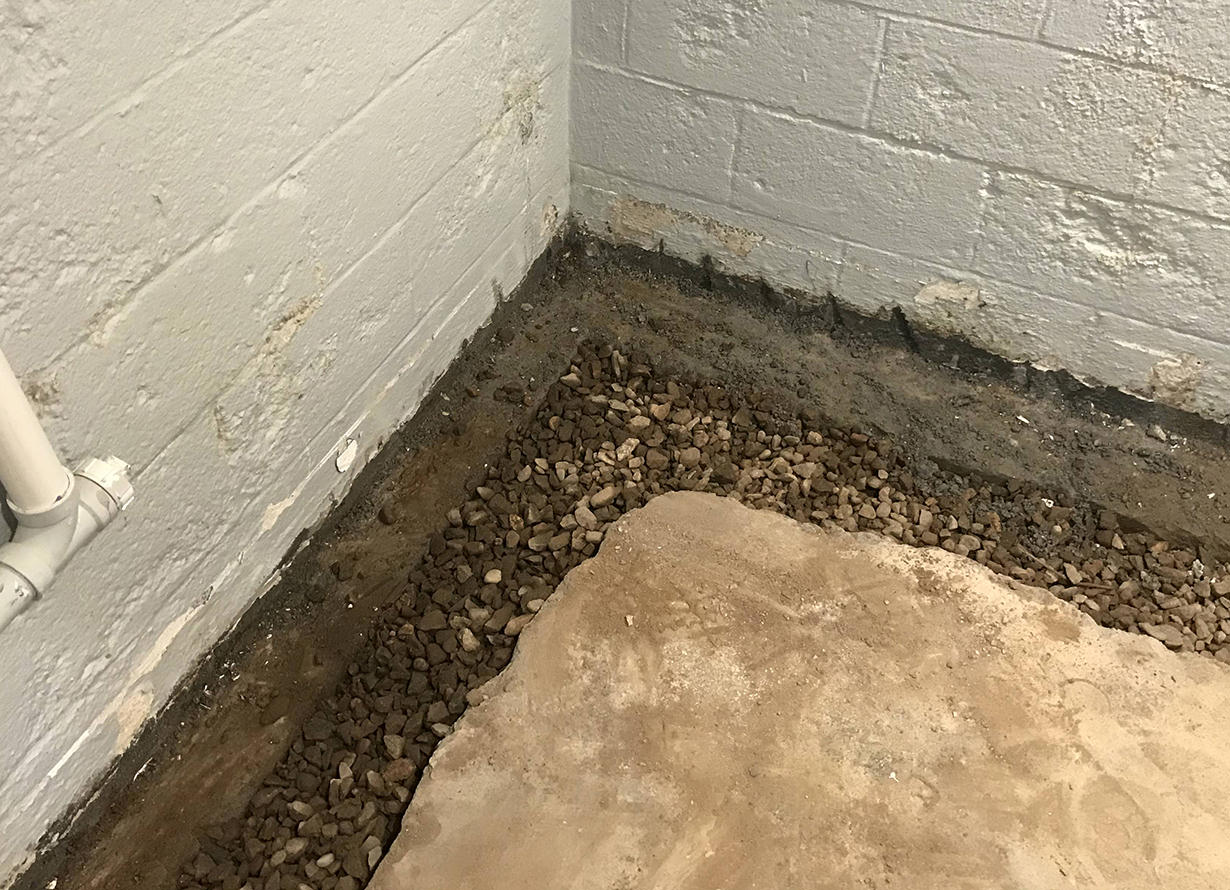
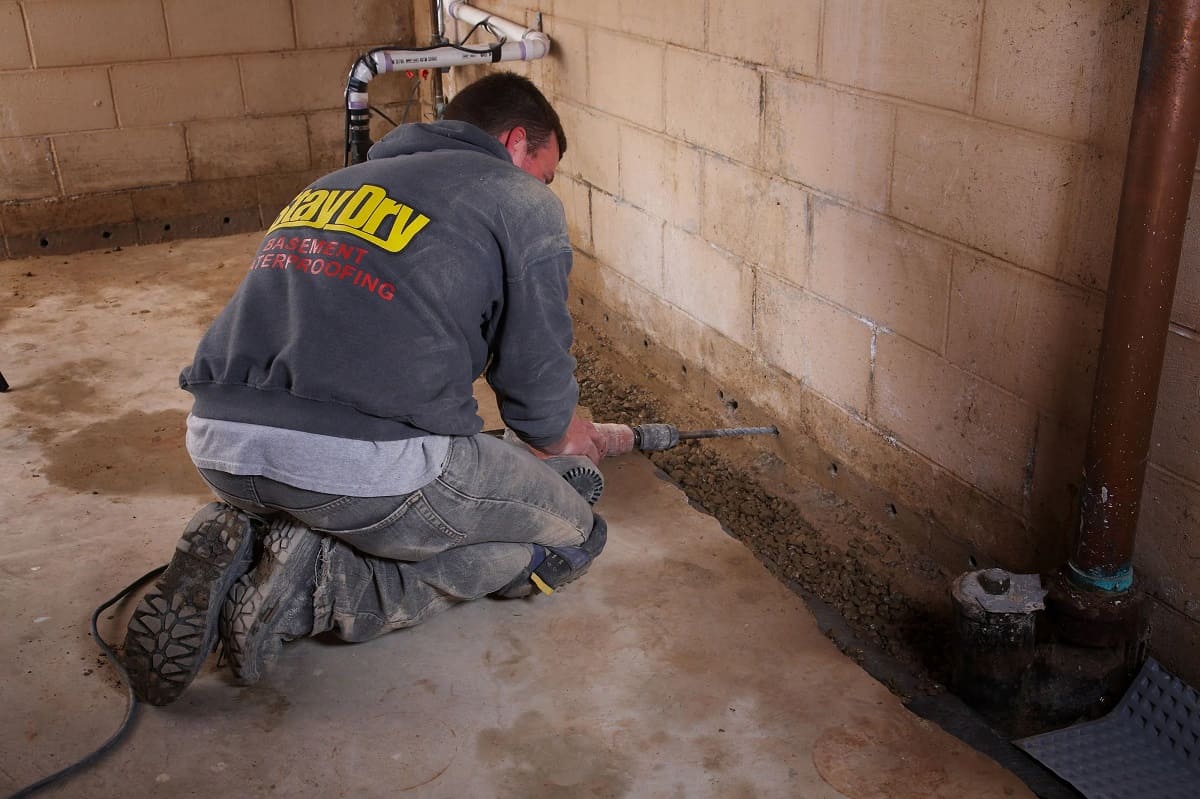
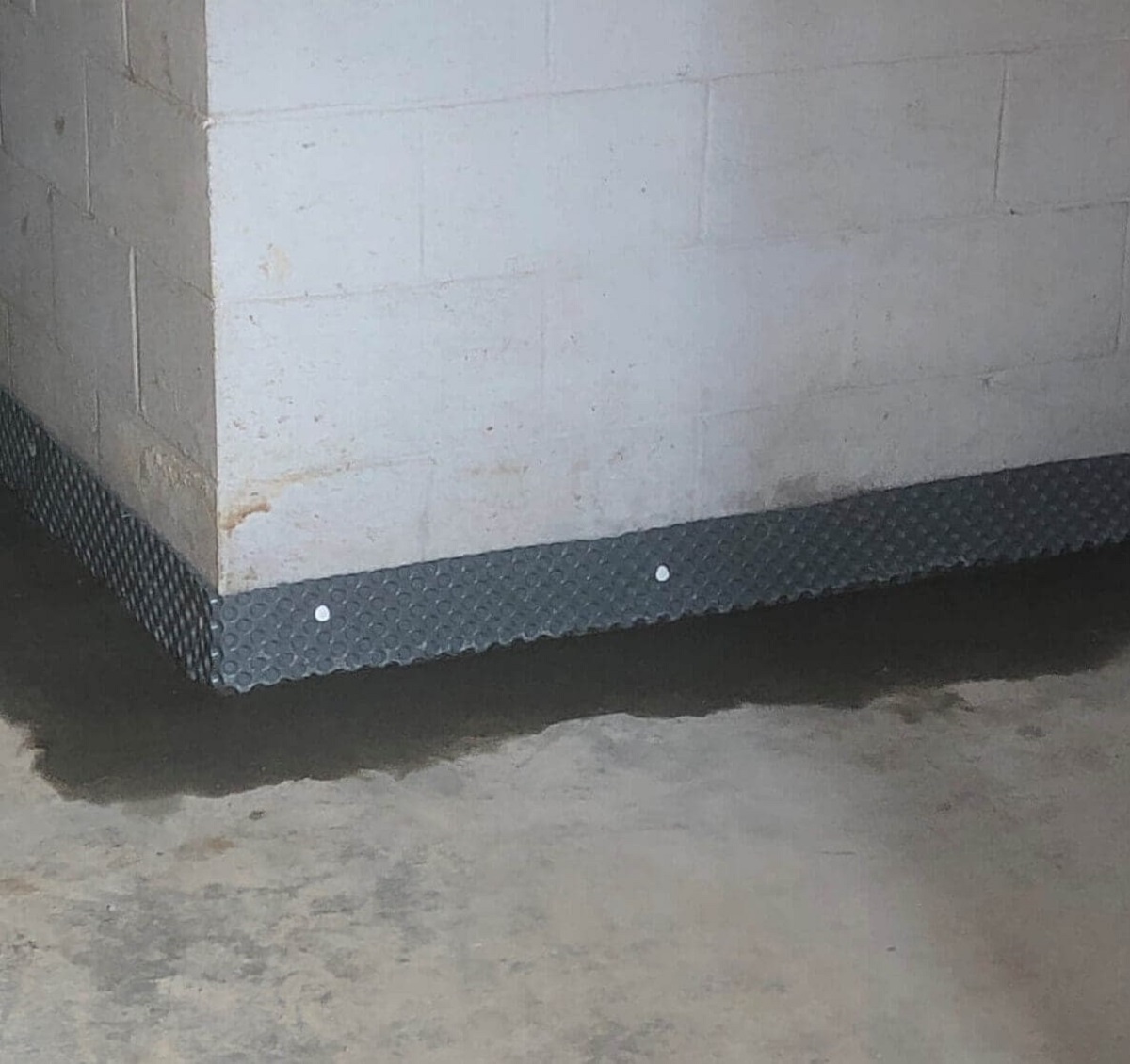
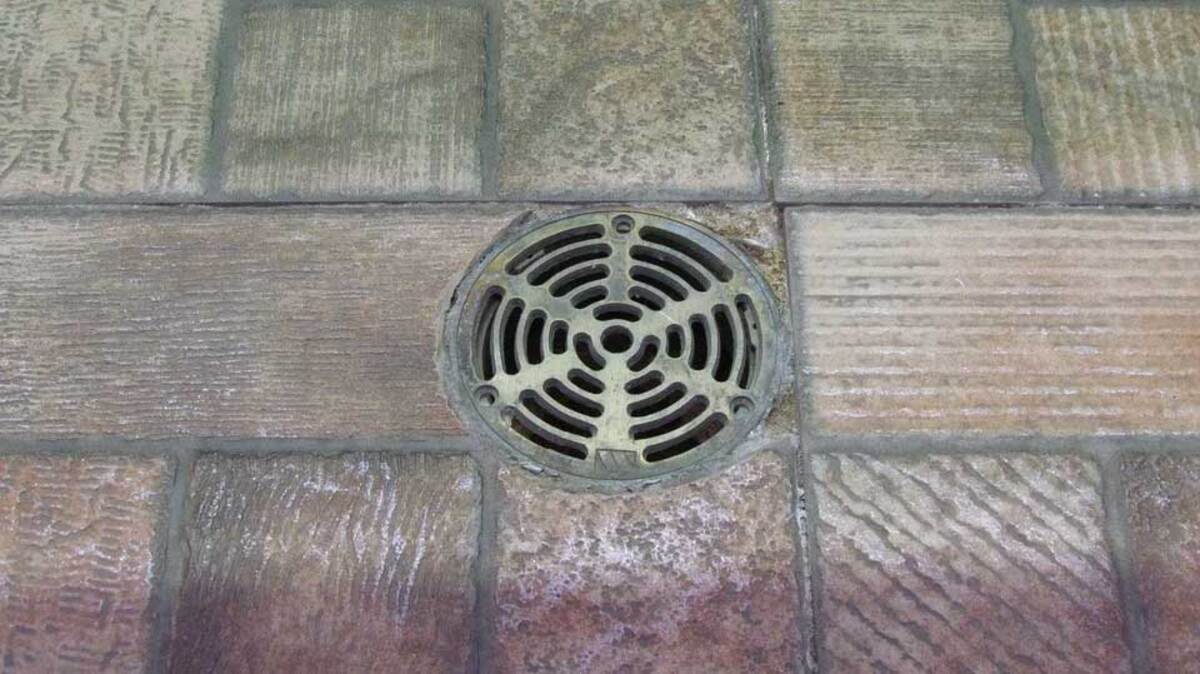
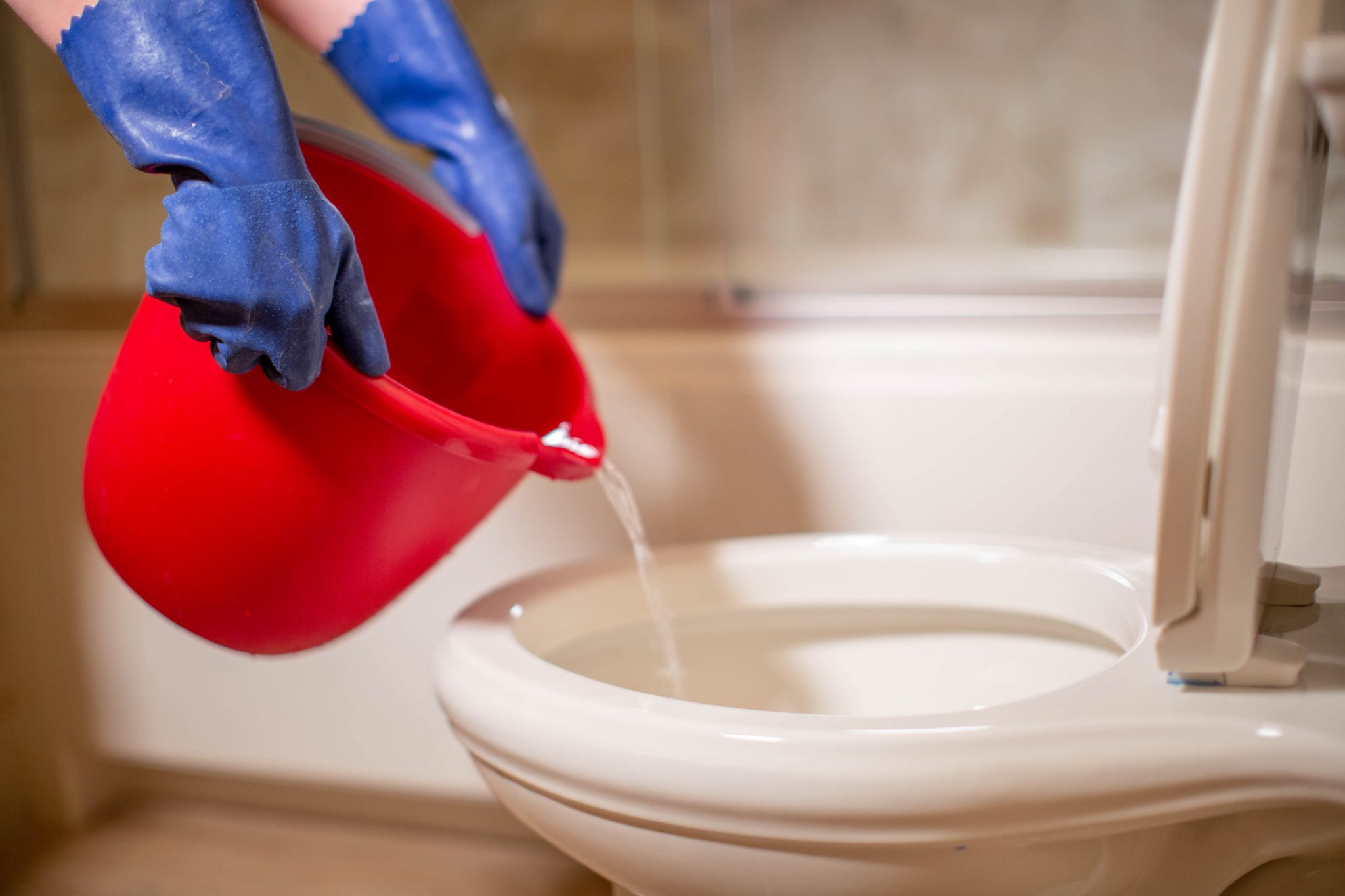
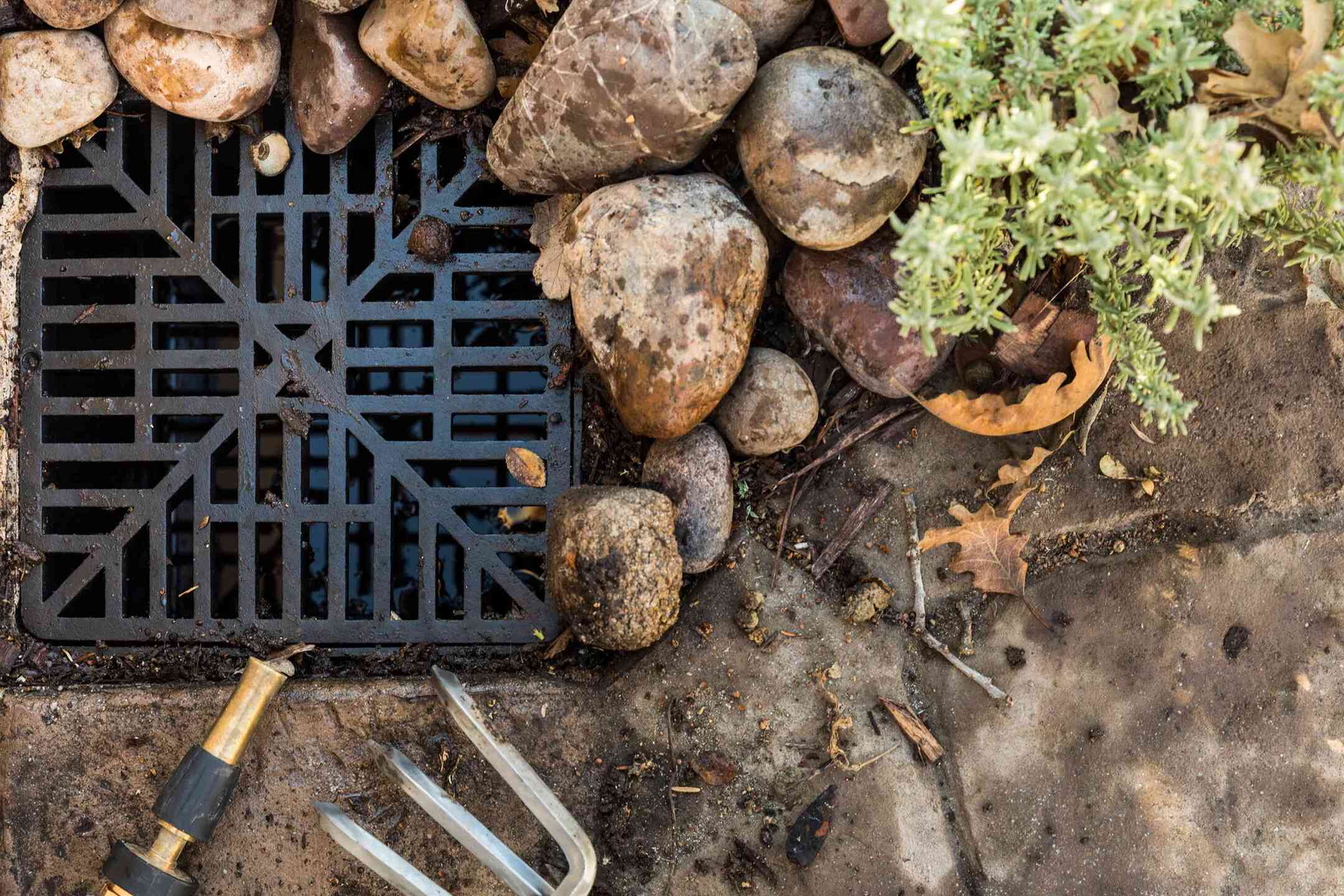
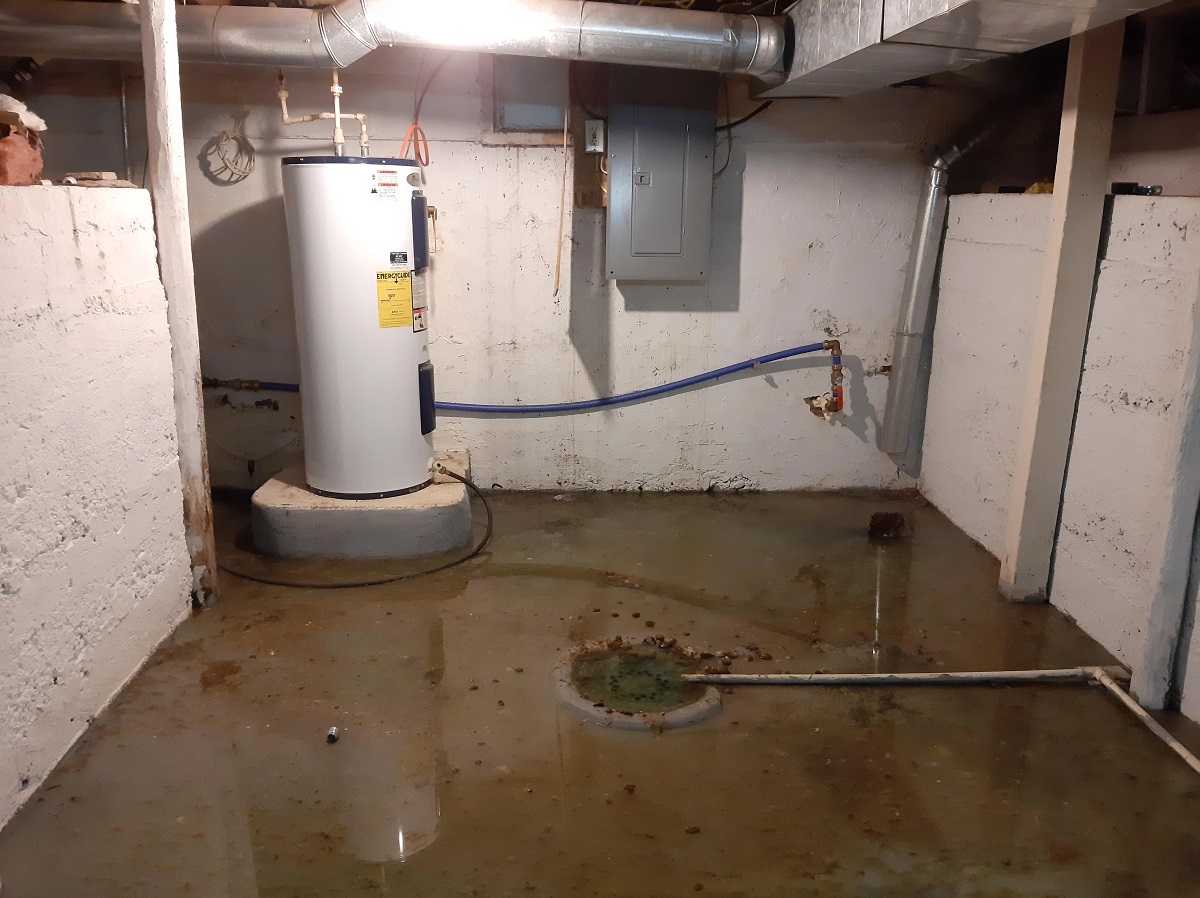
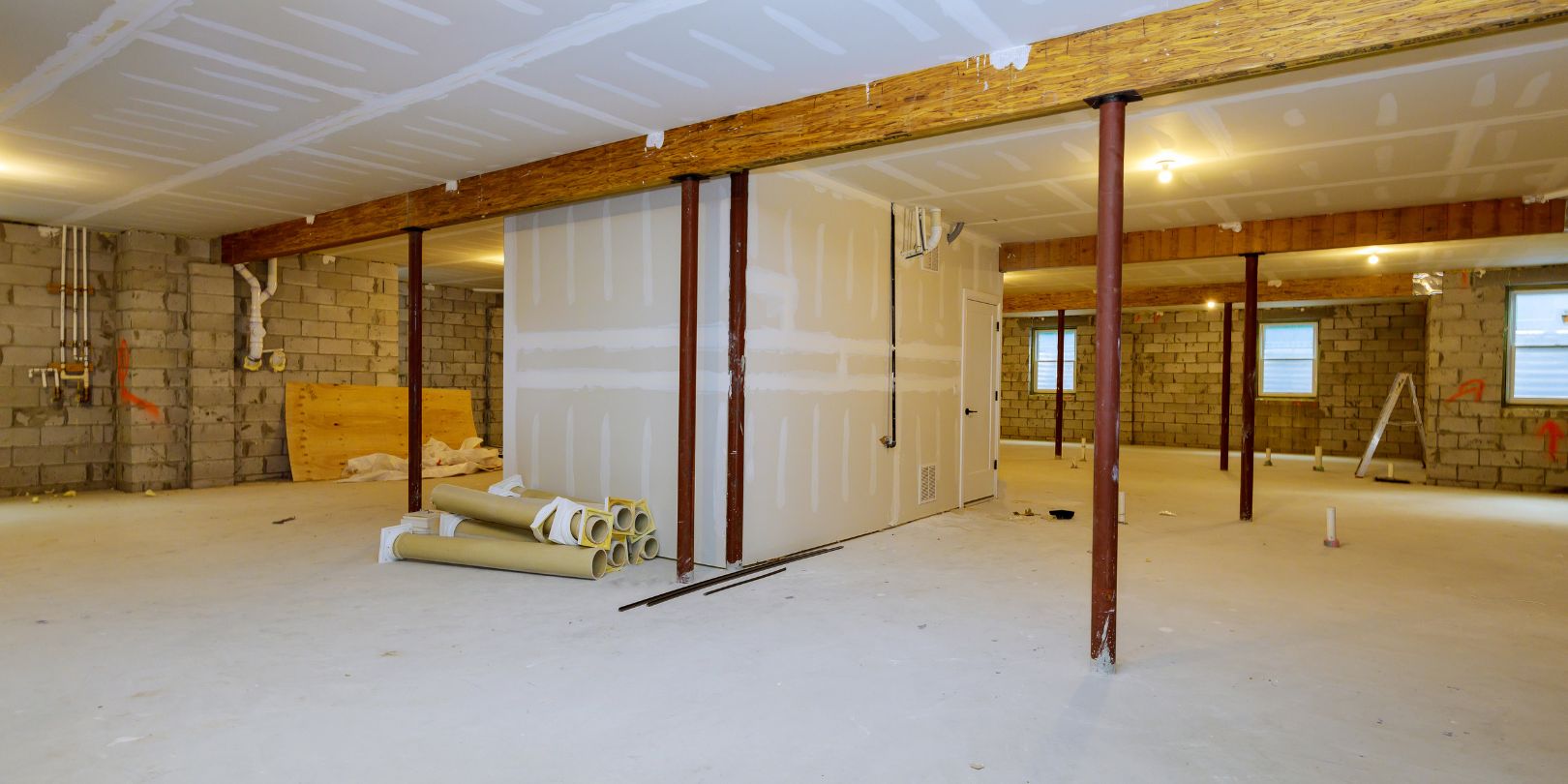

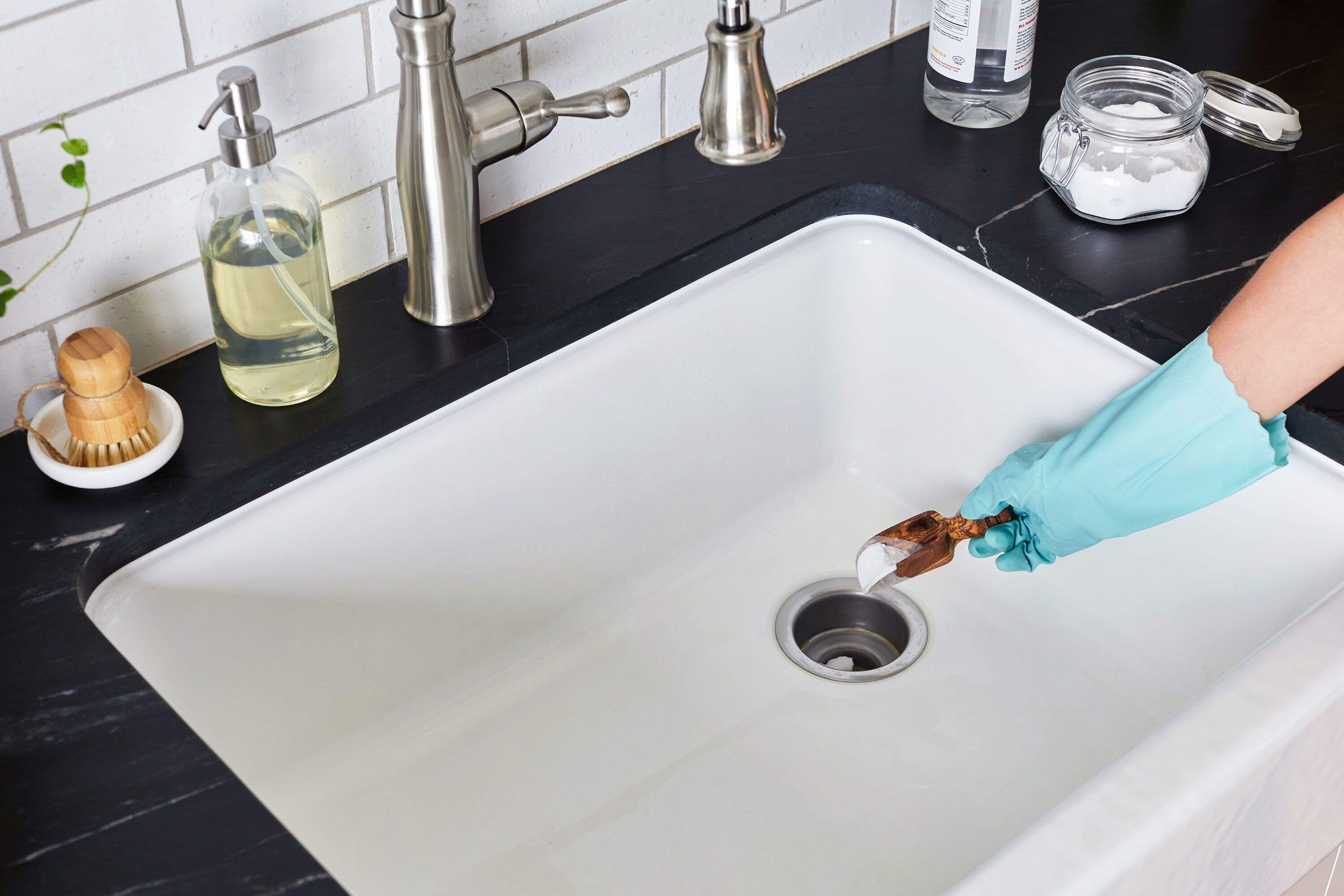
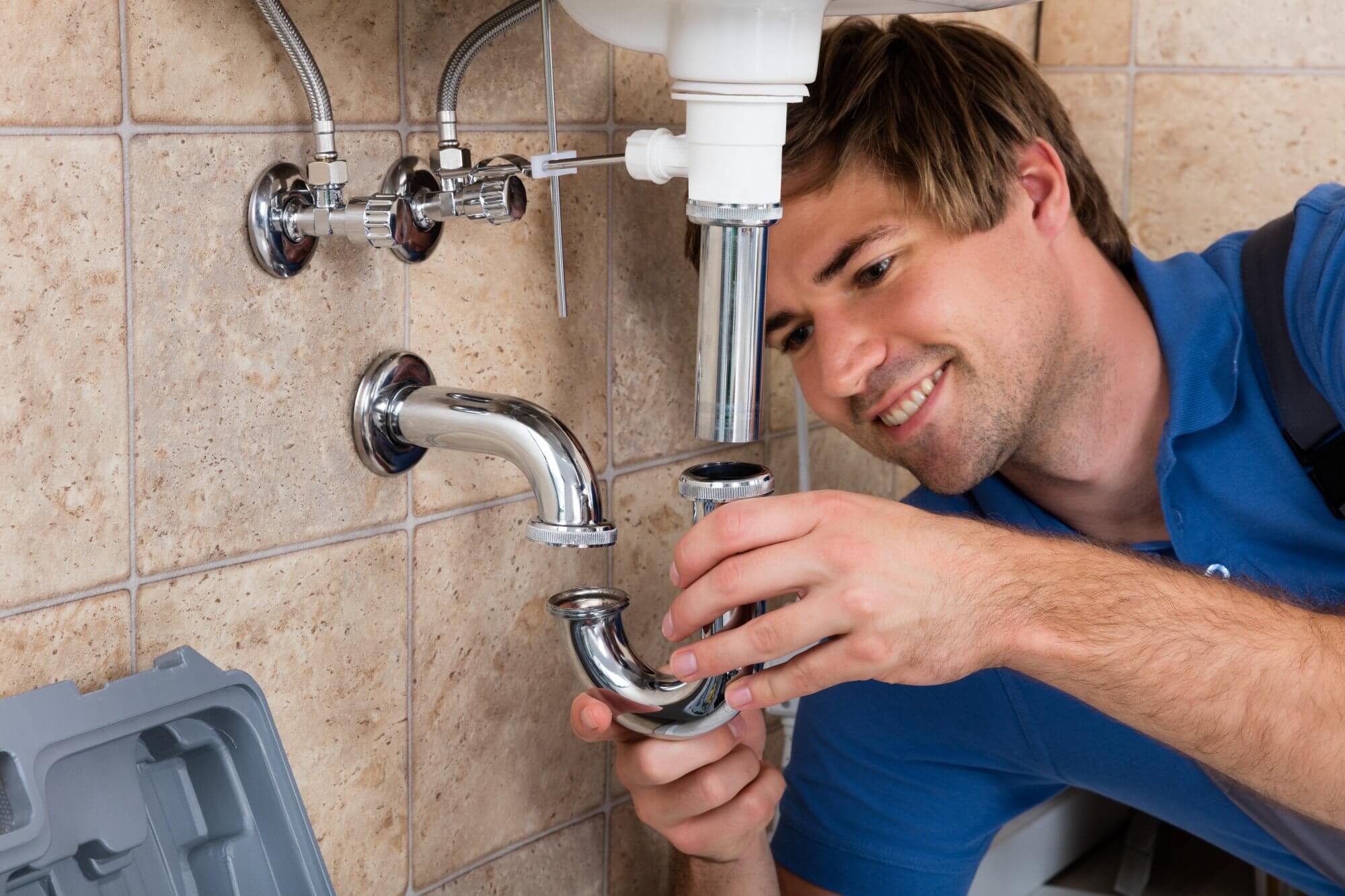
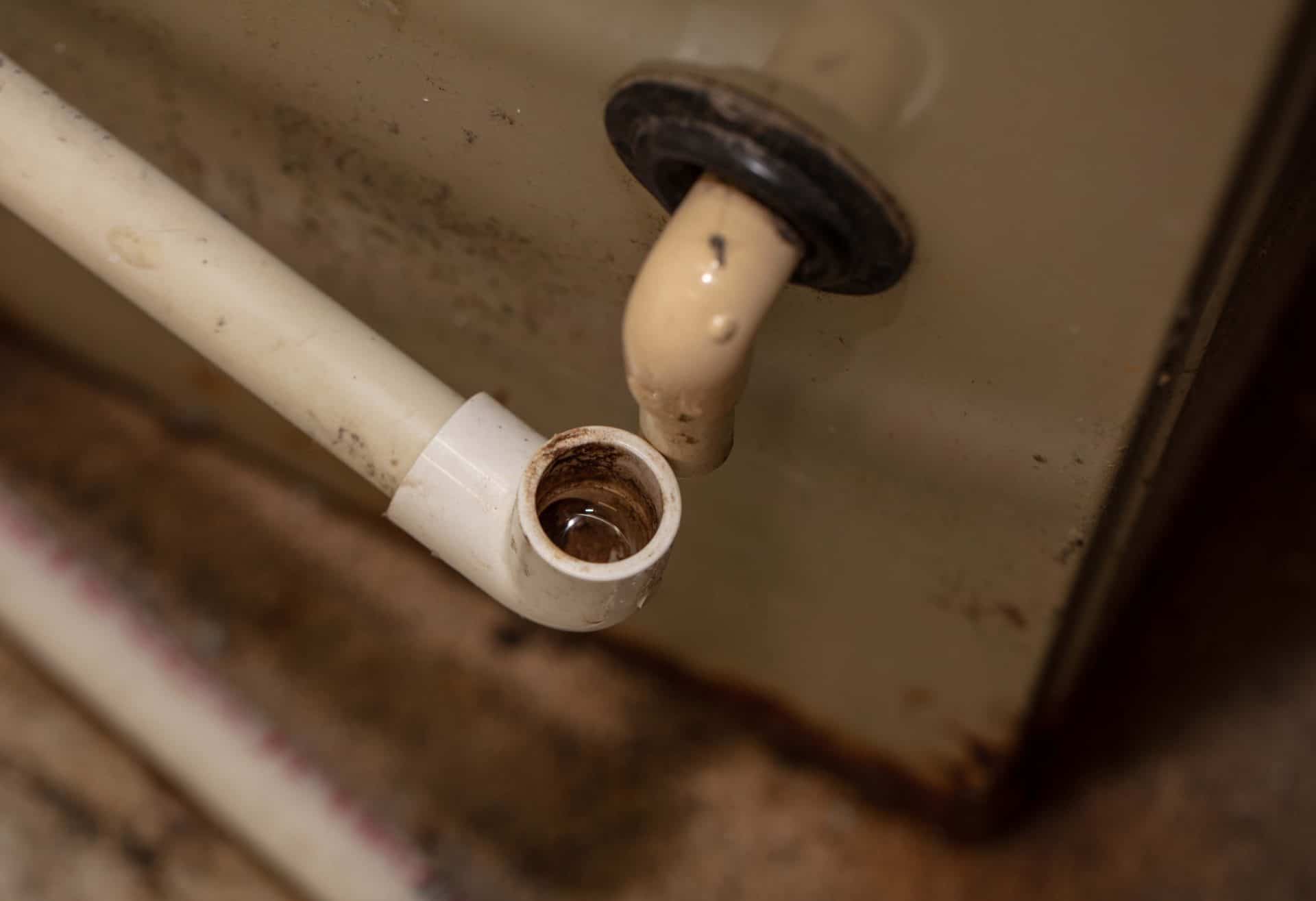

0 thoughts on “How To Clean Basement Drain”